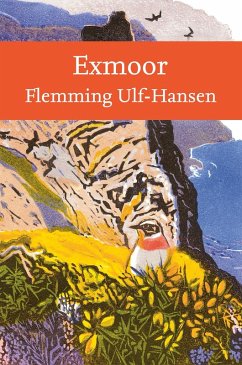Exmoor's landscape shares many qualities with moorlands elsewhere and large parts may not be particularly distinctive. As much as two-fifths of Exmoor is moorland, eciduous woodland or unfarmable coastal slopes, but the majority is pastoral farmland. However, it is in the juxtaposition of these habitats, and the edge-zones and transitions, that there is both charm and scientific interest to be derived. Exmoor's pattern and combination of vegetation types give it significance, with a disposition of low- and higher-altitude communities. And in hidden corners and combes off the main plateau, on the steepest slopes and on very wet ground, a diverse ancient landscape survives, and we find rich hedges providing some linear habitats. In addition are the stunning coastal woods. Its position as an upland massif on the western seaboard also gives it a distinctiveness.
As someone actively involved with the environment of the southwest, Flemming Ulf-Hansen now provides us with a scholarly yet accessible volume on this fabulous area.
The new volume in acclaimed New Naturalist Library
Dieser Download kann aus rechtlichen Gründen nur mit Rechnungsadresse in A, B, BG, CY, CZ, D, DK, EW, E, FIN, F, GR, HR, H, IRL, I, LT, L, LR, M, NL, PL, P, R, S, SLO, SK ausgeliefert werden.









